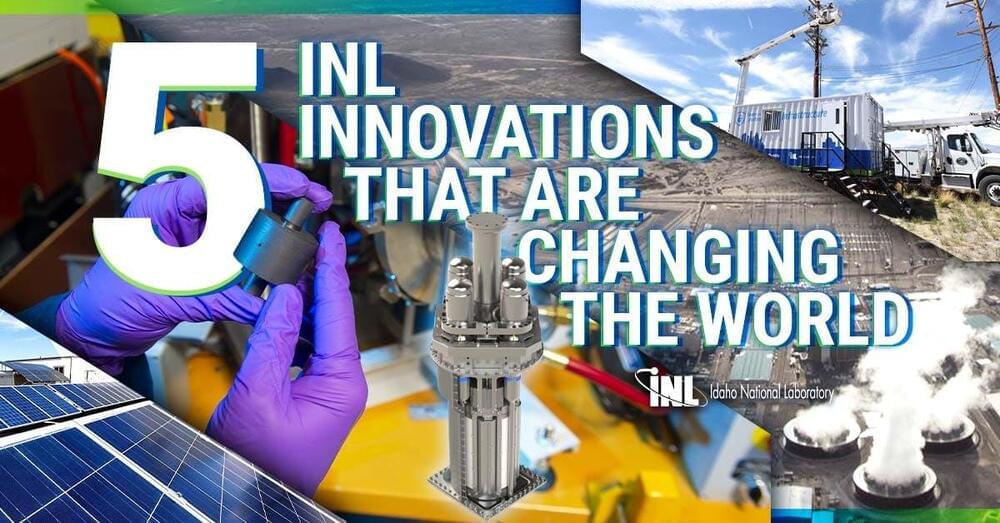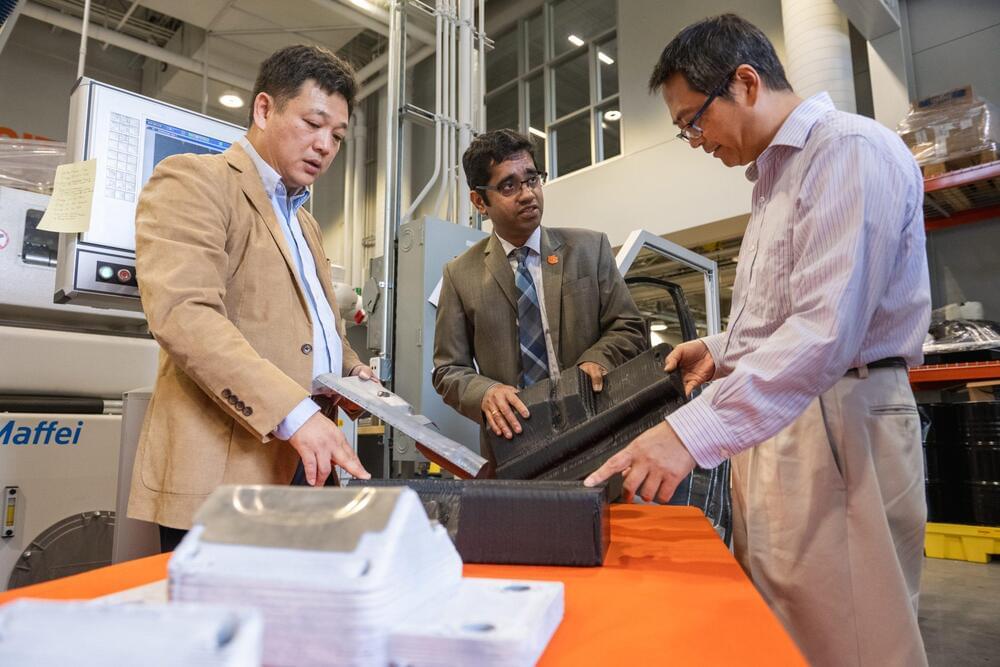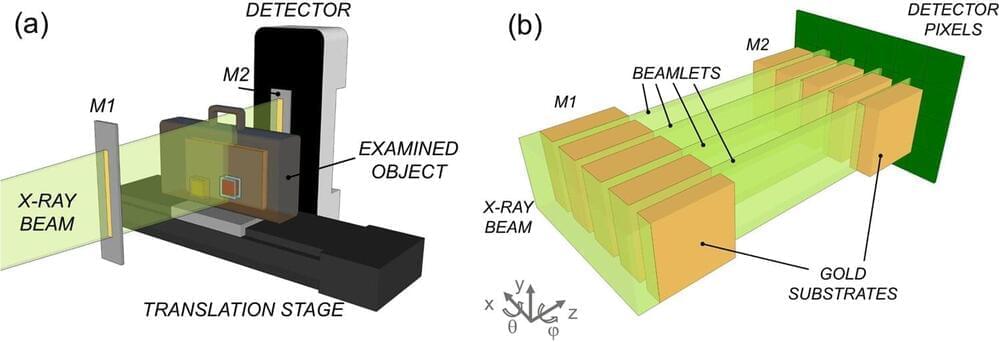
A team of researchers at University College London, working with a colleague from Nylers Ltd. and another from XPCI Technology Ltd., has developed a new way to X-ray luggage to detect small amounts of explosives. In their paper published in the journal Nature Communications, the group describes modifying a traditional X-ray device and applying a deep-learning application to better detect explosive materials in luggage.
Prior research has shown that when X-rays strike materials, they produce tiny bends that vary depending on the type of material. They sought to take advantage of these bends to create a precision X-ray machine.
The researchers first added a small change to an existing X-ray machine—a box containing masks, which are sheets of metal with tiny holes in them. The masks serve to split the X-ray beam into multiple smaller beams. The researchers then used the device to scan a variety of objects containing embedded explosive materials and fed the results to a deep-learning AI application. The idea was to teach the machine what the tiny bends in such materials looked like. Once the machine was trained, they used it to scan other objects with embedded explosives to see if it could identify them. The researchers found their machine to be 100% accurate under lab settings.
]]>
Students from Georgia and Illinois will have the opportunity this week to hear from astronauts aboard the International Space Station.
]]>
NEWS MEDIA CONTACTS: Ethan Huffman, (208) 716‑4594, [email protected] Sarah Neumann, (208) 526‑0490, [email protected]
]]>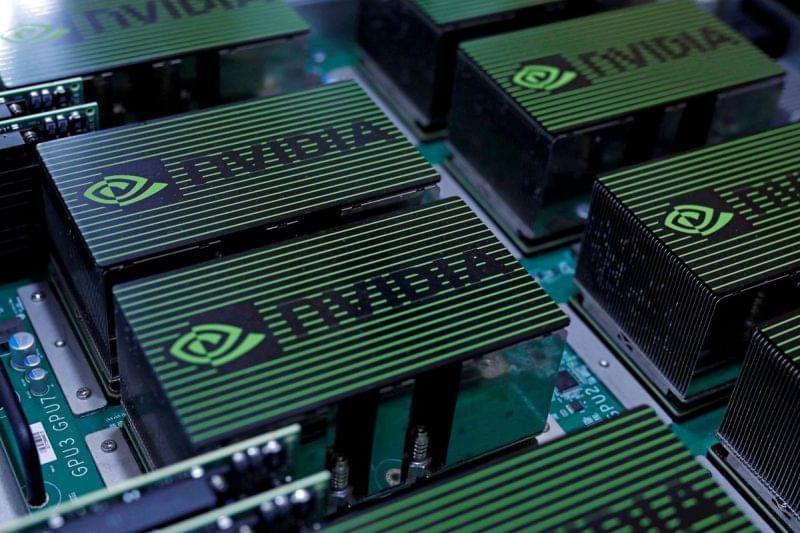
Analysts say the ban will hit a swathe of Chinese tech giants such as Alibaba Group, Tencent Holdings, Baidu, and Huawei Technologies.
]]>
NASA — National Aeronautics and Space Administration has tapped SiFive and Microchip Technology Inc. to create a space-centric RISC-V processor: the High-Performance Spaceflight Computing chip. At heart of the HPSC will be SiFive’s X280 64-bit RISC-V cores, which include ML acceleration capabilities.
Designed to replace existing systems still using a processor design from 1997, the RISC-V-powered chip will offer 100 times the performance.
]]>One of the biggest contributions in the near future could come from smaller, more compact reactors. Several microreactor designs are currently under development in the United States that will be smaller in size, more flexible to operate and versatile enough to provide energy to end users for a variety of services ranging from electricity production to water purification.
]]>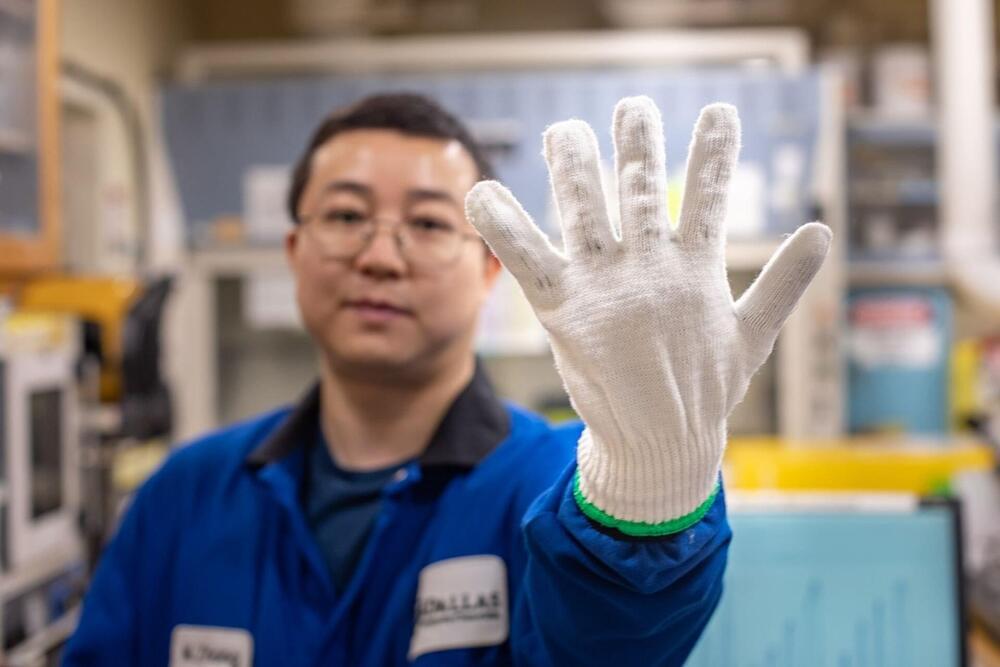
A group of University of Texas at Dallas researchers and their colleagues have made significant improvements to energy-harvesting yarns they invented called twistrons, which are made from carbon nanotubes and produce electricity when repeatedly stretched.
The researchers describe the improved twistrons and some potential applications of the technology in an article published in the July 7 print issue of Advanced Materials.
In a proof-of-principle experiment, Zhong Wang, Ph.D., lead author of the article and a research associate in the Alan G. MacDiarmid NanoTech Institute at UT Dallas, sewed the new twistron yarns into a glove. As someone wearing the glove formed different letters and phrases in American Sign Language, the hand gestures generated electricity.
]]>
“Neuromorphic computing could offer a compelling alternative to traditional AI accelerators by significantly improving power and data efficiency for more complex AI use cases, spanning data centers to extreme edge applications.”
Were you unable to attend Transform 2022? Check out all of the summit sessions in our on-demand library now! Watch here.
Can computer systems develop to the point where they can think creatively, identify people or items they have never seen before, and adjust accordingly — all while working more efficiently, with less power? Intel Labs is betting on it, with a new hardware and software approach using neuromorphic computing, which, according to a recent blog post, “uses new algorithmic approaches that emulate how the human brain interacts with the world to deliver capabilities closer to human cognition.”
While this may sound futuristic, Intel’s neuromorphic computing research is already fostering interesting use cases, including how to add new voice interaction commands to Mercedes-Benz vehicles; create a robotic hand that delivers medications to patients; or develop chips that recognize hazardous chemicals.
]]>The Clemson Composites Center is developing new ways of 3D-printing low-cost manufacturing tools and is funding the research with $5.16 million from the U.S. Department of Energy’s Advanced Manufacturing Office and industry partners. Collaborators on the project include Honda Development & Manufacturing of America, Ohio State University and Additive Engineering Solutions, LLC.
The Clemson Composites Center is leading a new study that could help manufacturers save time and money while reducing their environmental impact– a project that adds to the center’s fast-growing portfolio of industry-guided automotive and advanced manufacturing research.
The team is developing new ways of 3D-printing low-cost manufacturing tools and is funding the research with $5.16 million from the U.S. Department of Energy’s Advanced Manufacturing Office and industry partners. Collaborators on the project include Honda Development & Manufacturing of America, Ohio State University and Additive Engineering Solutions, LLC.
The project will be based in the Clemson Composites Center’s cutting-edge facility in Greenville, South Carolina, placing it in the heart of a state where advanced manufacturing is a cornerstone of the economy.
]]>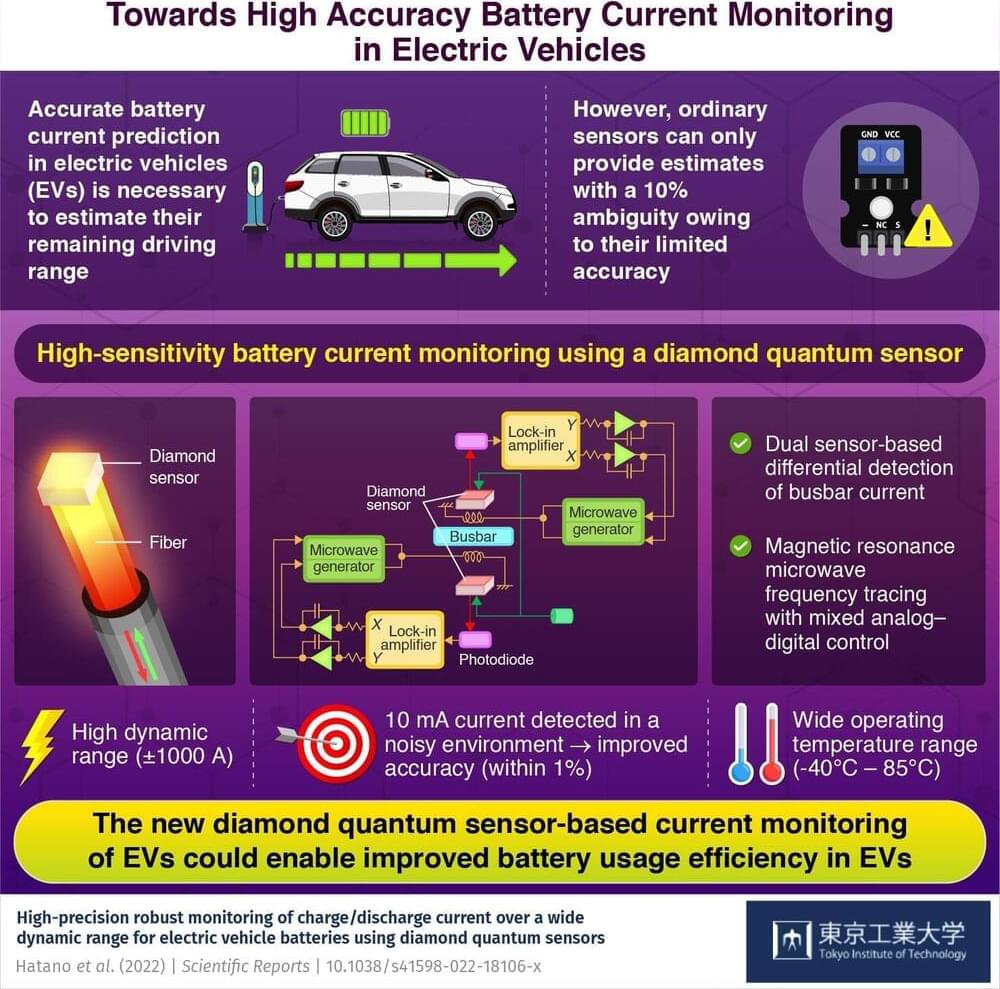
The popularity of electric vehicles (EVs) as an environmentally friendly alternative to conventional gasoline vehicles has been on the rise. This has led to research efforts directed toward developing high-efficiency EV batteries. But, a major inefficiency in EVs results from inaccurate estimations of the battery charge. The charge state of an EV battery is measured based on the current output of the battery. This provides an estimate of the remaining driving range of the vehicles.
Typically, the battery currents in EVs can reach hundreds of amperes. However, commercial sensors that can detect such currents cannot measure small changes in the current at milliampere levels. This leads to an ambiguity of around 10% in the battery charge estimation. What this means is that the driving range of EVs could be extended by 10%. This, in turn, would reduce inefficient battery usage.
Now, a team of researchers from Japan, led by Professor Mutsuko Hatano from Tokyo Institute of Technology (Tokyo Tech), has now come up with a solution. In their study published in Scientific Reports, the team has reported a diamond quantum sensor-based detection technique that can estimate the battery charge within 1% accuracy while measuring high currents typical of EVs.
]]>